Corey S Powell
Science Journalist, New York
Corey S Powell is a science editor and journalist. He has been an editor at Discover, Scientific American and Aeon. He is the author of God in the Equation (2003), and co-author of three books with Bill Nye, including Everything All at Once (2017). He is currently working on a book about the invisible aspects of the Universe, to be published by Harper One in 2026. He lives in Brooklyn, New York.
Written by Corey S Powell

essayHistory of science
The light beyond sight
Only a tiny sliver of the Universe’s light can be seen by human eyes. But today we’re catching glimpses of the invisible
Corey S Powell

essayPhysics
Chasing ghost particles
Without the neutrino, the Universe might be an empty void. But this inscrutable particle isn’t giving up its secrets easily
Corey S Powell
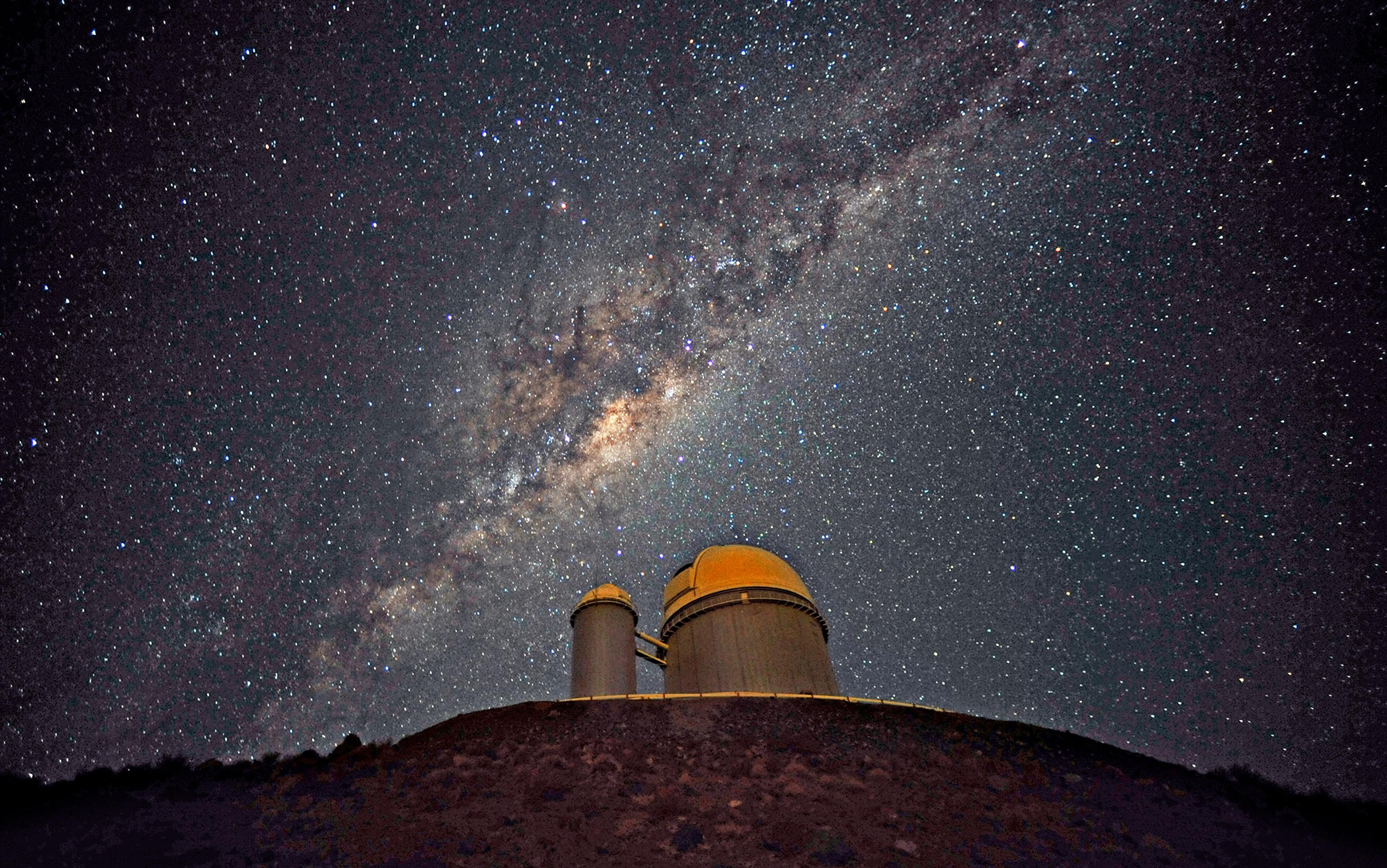
essayCosmology
The search for alien tech
There’s a new plan to find extraterrestrial civilisations by the way they live. But if we can see them, can they see us?
Corey S Powell

essayCosmology
Fate of the Universe
Are we part of a dying reality or a blip in eternity? The value of the Hubble Constant could tell us which terror awaits
Corey S Powell
Edited by Corey S Powell

essayHistory of science
Spiritual hyperplane
How spiritualists of the 19th century forged a lasting association between higher dimensions and the occult world
Paul Halpern

ideaSpace exploration
Want faster data and a cleaner planet? Start mining asteroids
Philip Metzger
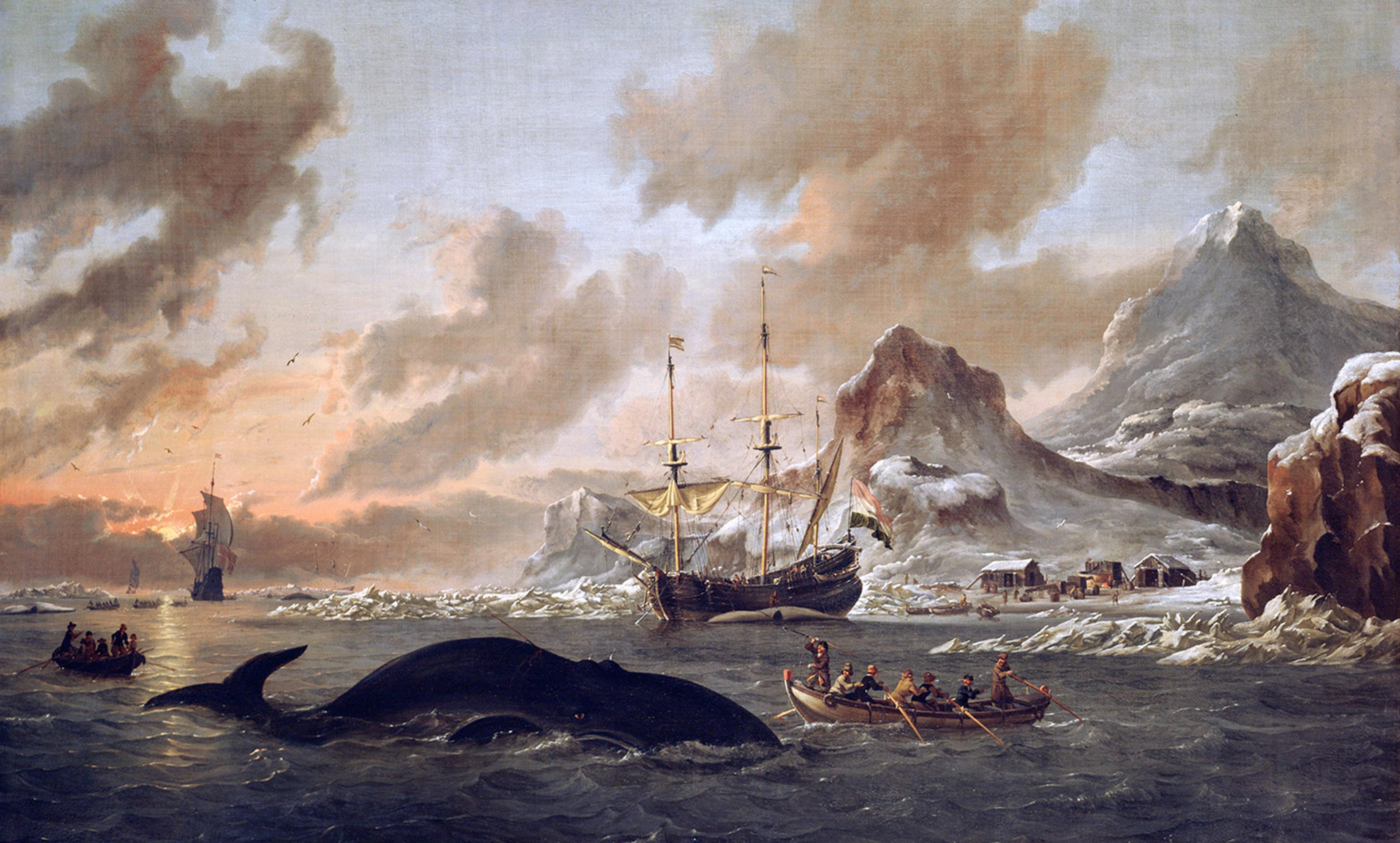
ideaSpace exploration
How the whalers of Moby-Dick could help put humans on Mars
Matthew Bruen

essayHistory of science
Armchair science
Thought experiments played a crucial role in the history of science. But do they tell us anything about the real world?
Dan Falk
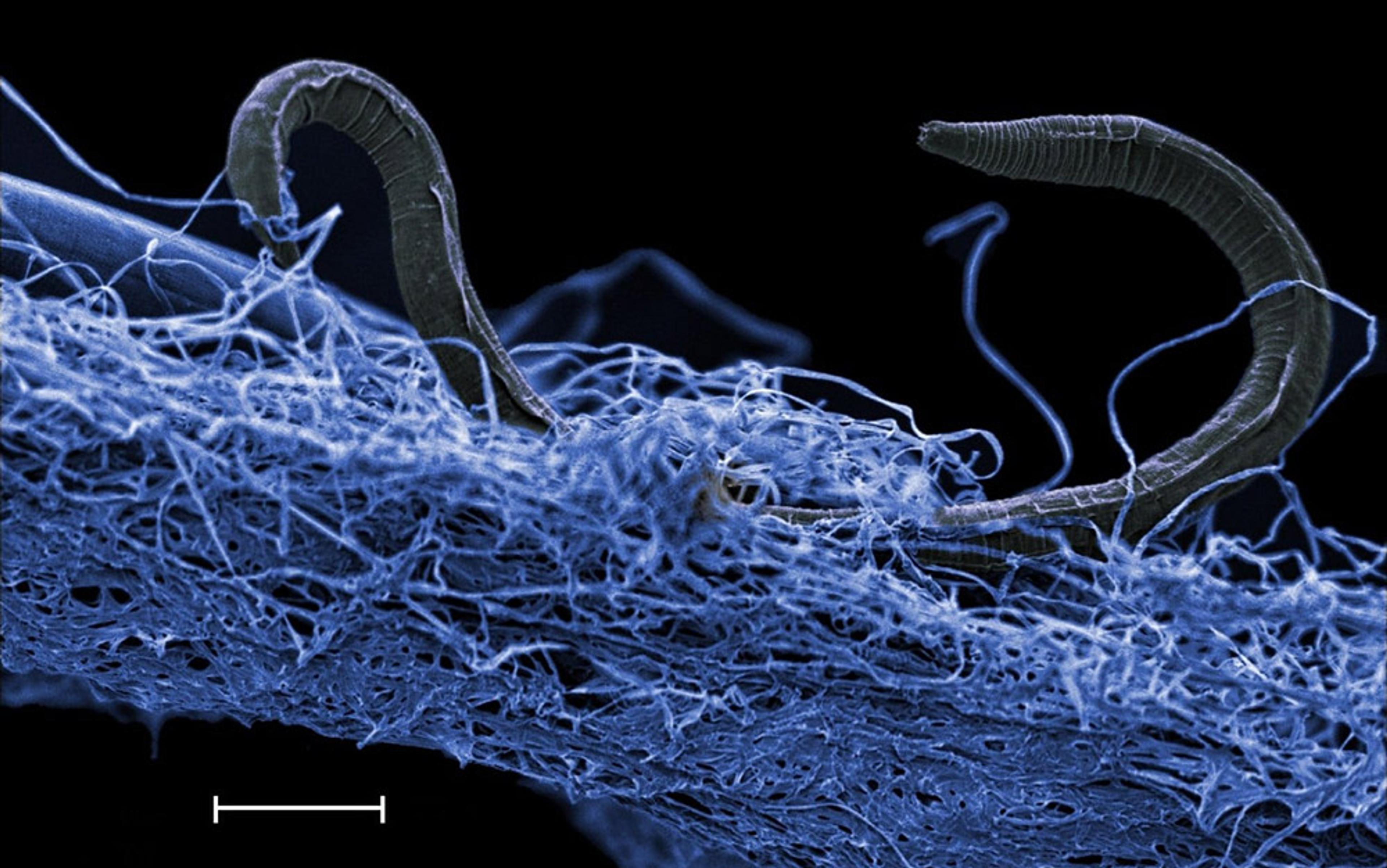
essayEarth science and climate
Life goes deeper
The Earth is not a solid mass of rock: its hot, dark, fractured subsurface is home to weird and wonderful life forms
Gaetan Borgonie & Maggie Lau

ideaArchitecture
Let’s open our sealed-off lives to semi-permeable architecture
Rachel Armstrong
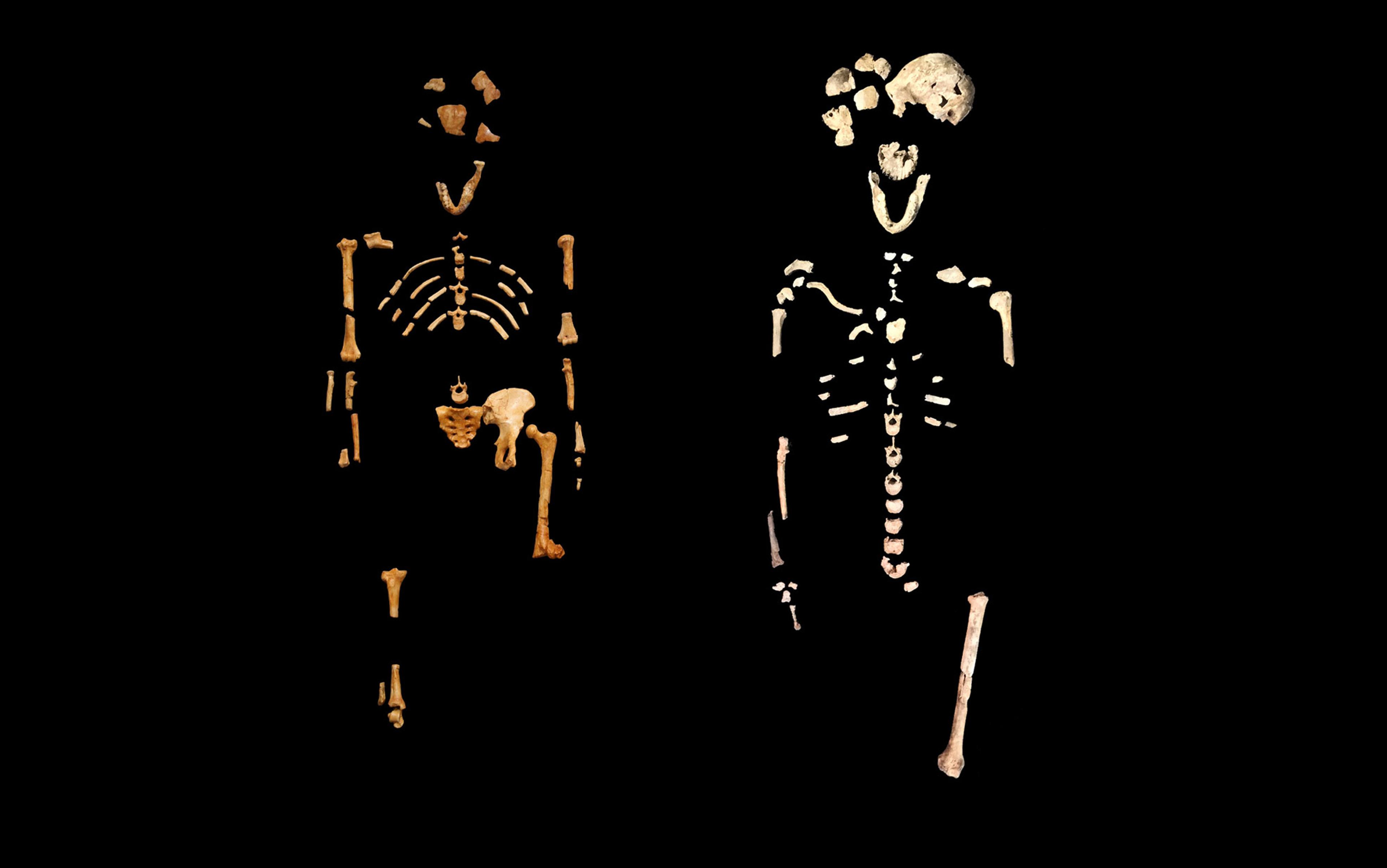
essayRituals and celebrations
Who first buried the dead?
Evidence of burial rites by the primitive, small-brained Homo naledi suggests that symbolic behaviour is very ancient indeed
Paige Madison

essayMathematics
How natural is numeracy?
Where does our number sense come from? Is it a neural capacity we are born with — or is it a product of our culture?
Philip Ball
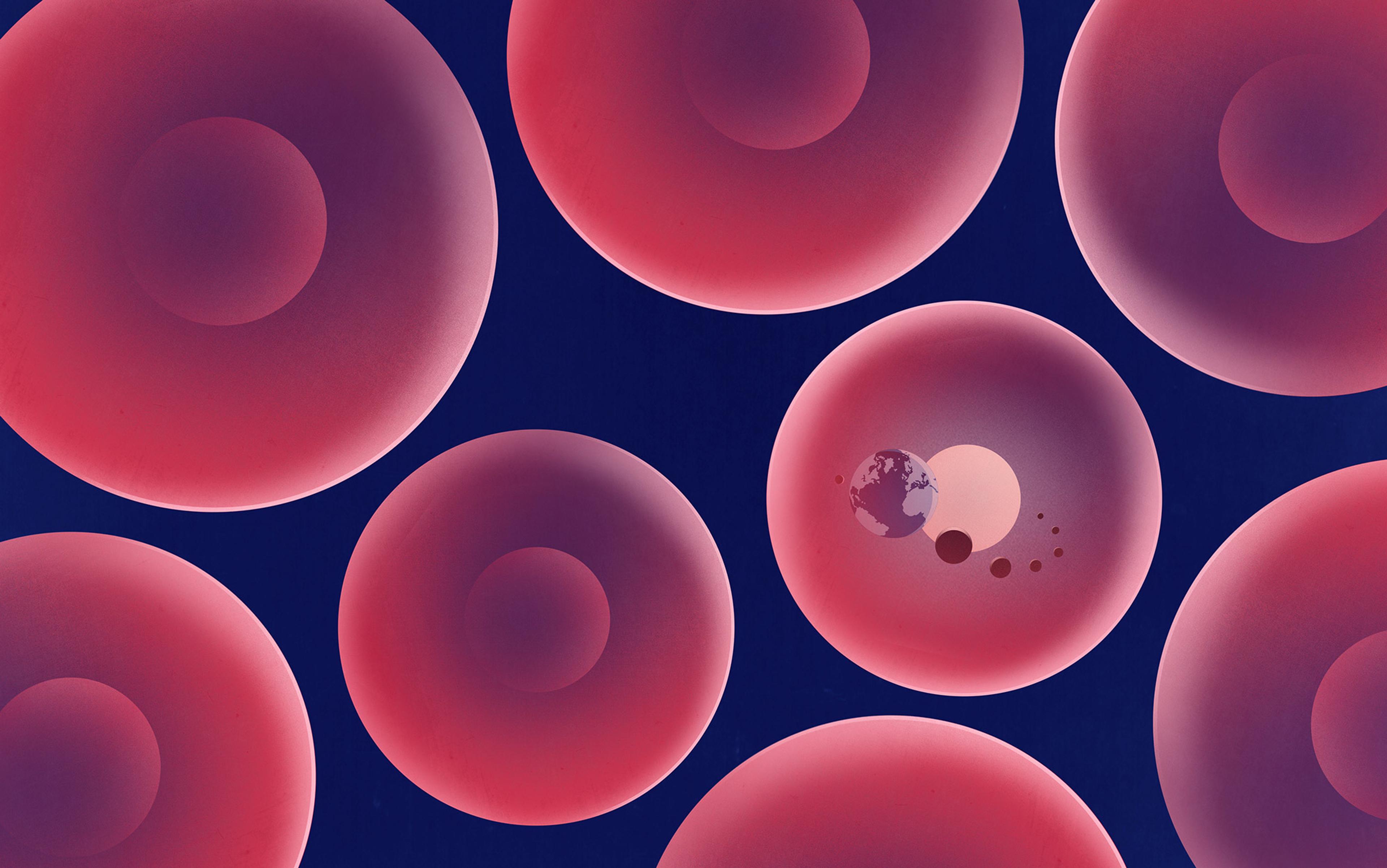
essayCosmology
Universe in a bubble
Maybe we don’t have to speculate about what life is like inside a bubble. It might be the only cosmic reality we know
J Richard Gott
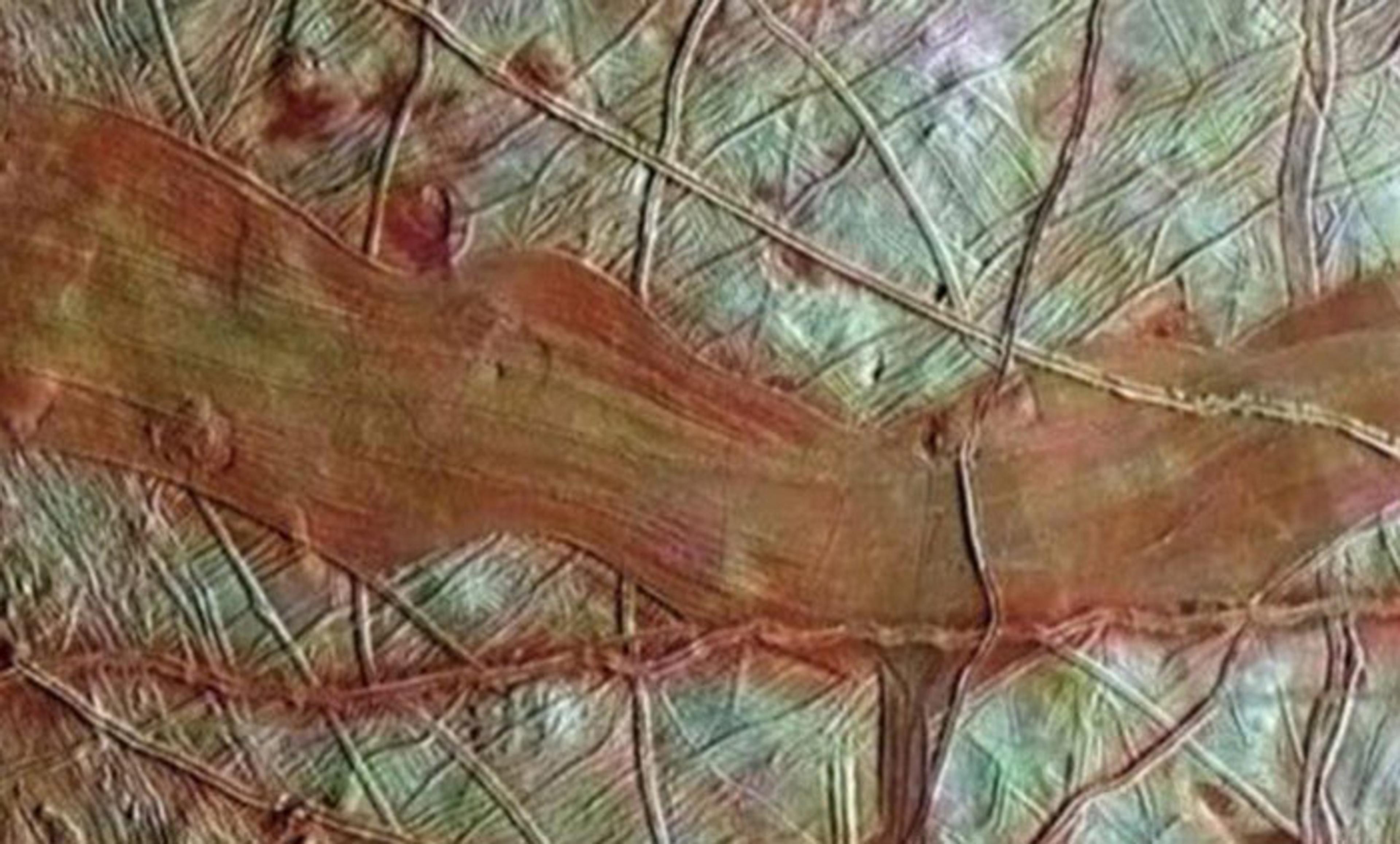
ideaSpace exploration
To find aliens, we must think of life as we don’t know it
Ramin Skibba

ideaHistory of science
The most wonderful words in science: ‘We have no idea… yet!’
Daniel Whiteson

essayPhysics
Operation: neutrino
How the neutrino went from ghost particle to vital physics tool – a tale of bombs, espionage and subtle flavours
David Kaiser